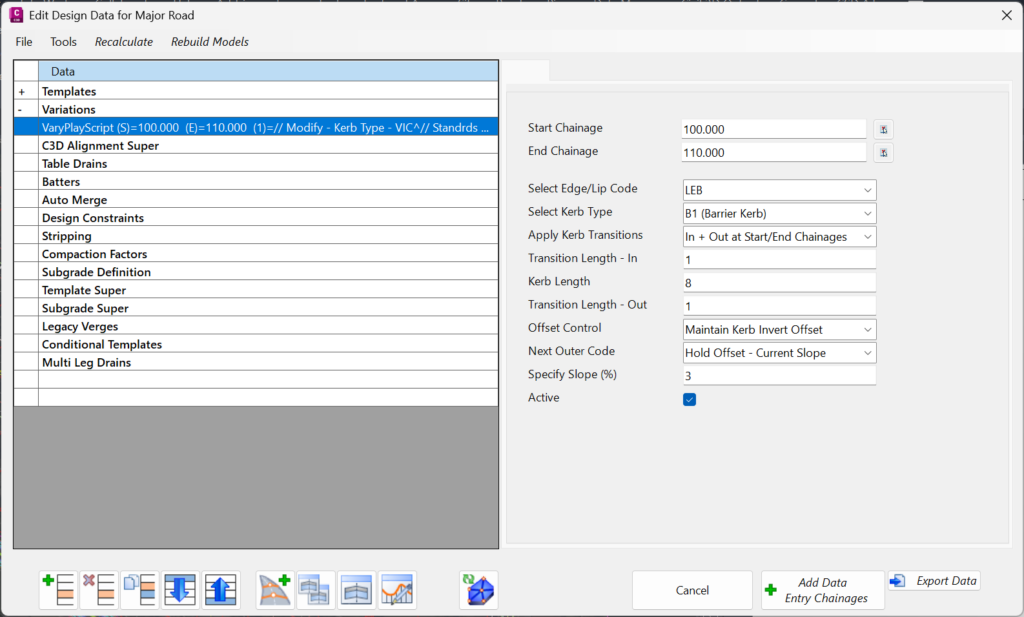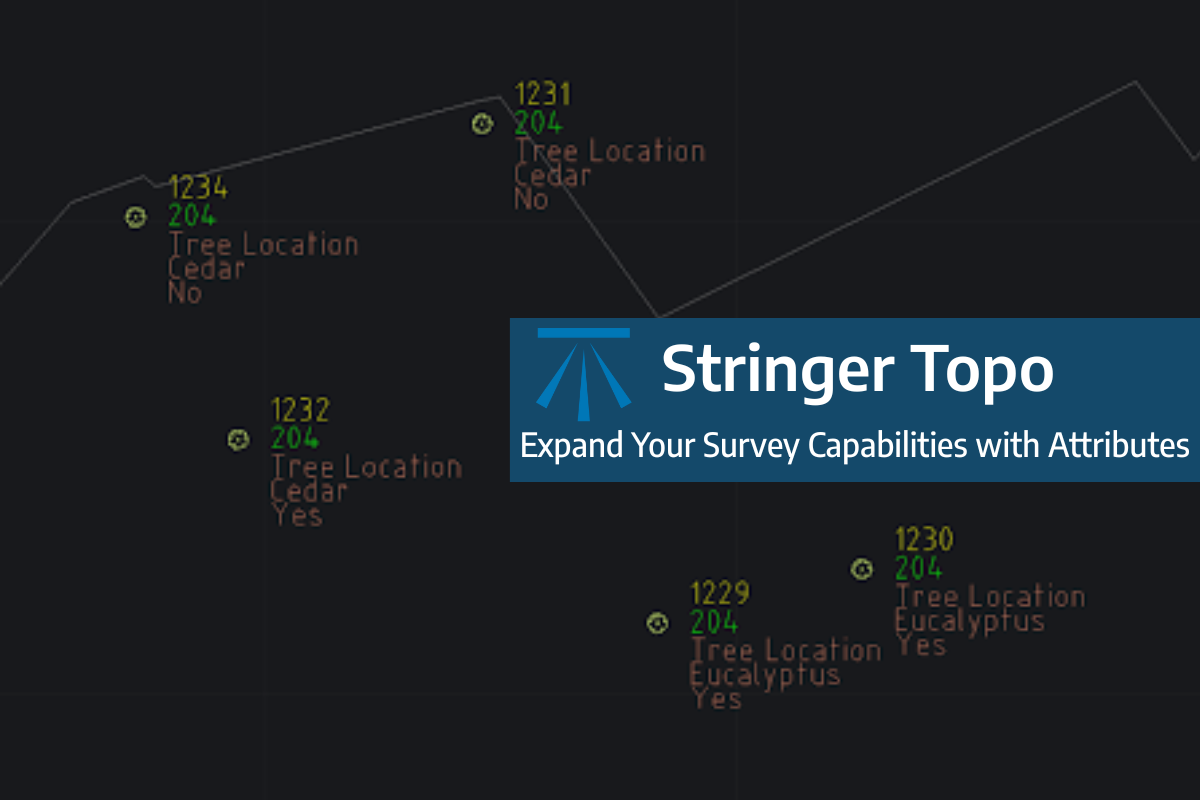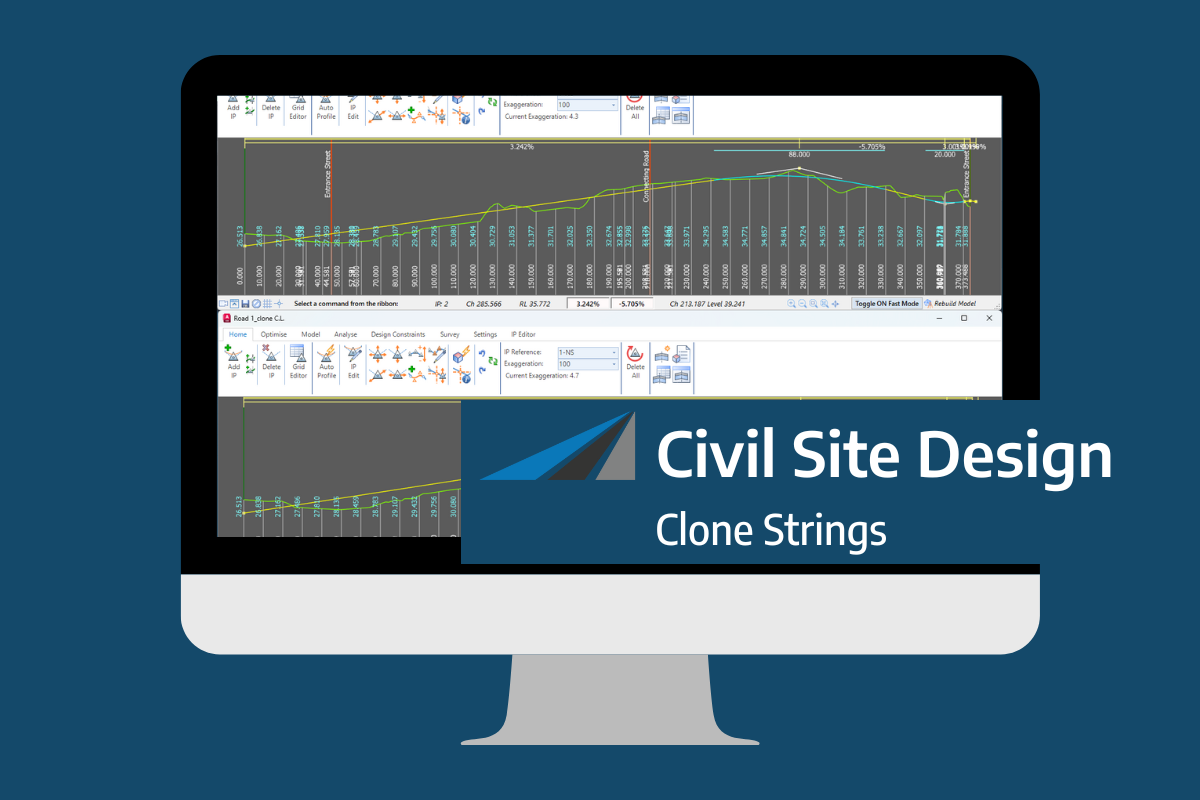Civil Site Design/Corridor EZ v26 delivers a major upgrade to its Custom Variations functionality with the introduction of Standard Kerb Transitions.
Since v25, Custom Variations have been a core feature of Civil Site Design/Corridor EZ, allowing users to apply conditional logic and geometry overrides to cross sections at specified chainages. With v26, this functionality is significantly expanded through the inclusion of pre-configured kerb transition scripts. The Standard Kerb Transitions are installed with the software (not available via downloads) and provide ready-to-use profiles tailored to specific Australian States and Territories, such as Queensland, New South Wales, and others.

Each transition script contains a group of kerb types that can be applied directly within the Custom Variation. Users simply double-click on a variation, select Custom Variation, and navigate to the Standard Kerb Transitions folder. From there, designers can assign start and end chainages, define in/out transition lengths, and maintain control over key feature codes like edge of bitumen, lip, or invert.
What sets this apart is the precision with which users can control geometric behaviour. Variations can hold offsets, maintain slopes, or apply fixed slopes to adjacent codes—ideal for complex urban design environments. This ensures seamless integration of kerb changes while preserving surface integrity and modelling accuracy.

Field attributes provide Surveyors with the ability to include additional data in their Survey pickup of points. With Stringer Topo V26 users can now include additional data (attribute data) with their COGO points and survey strings for review, editing and output from their drawing. There are a number of ways to add attributes to your […]
In the Civil Site Design v26 release for AutoCAD and BricsCAD, a new Clone String command has been added. This command allows users to create a clone of an existing string as a profile string including the alignment and vertical profile. This command turns what was a multi-step process into a one step process. You […]
Civil Site Design V26 introduces the new command Import Cogo Point File (by Alignment). This tool allows you to import a file that specifies chainage and offset along an alignment for points to be created. The command is available for Civil Site Design and Stringer across all base platforms. The command can be found at […]





